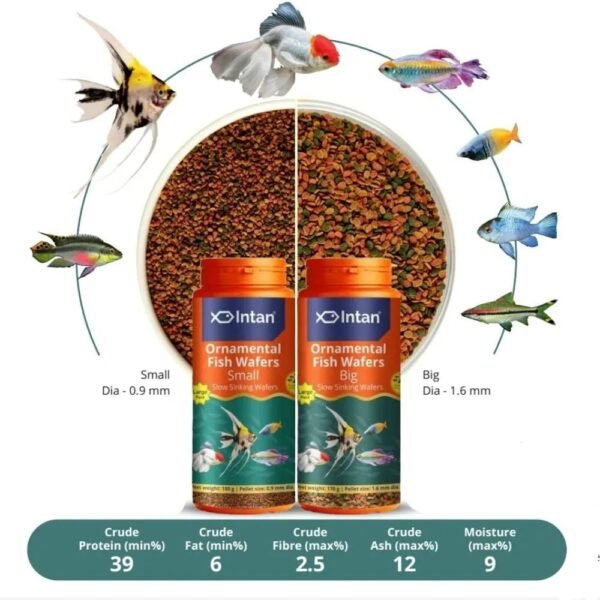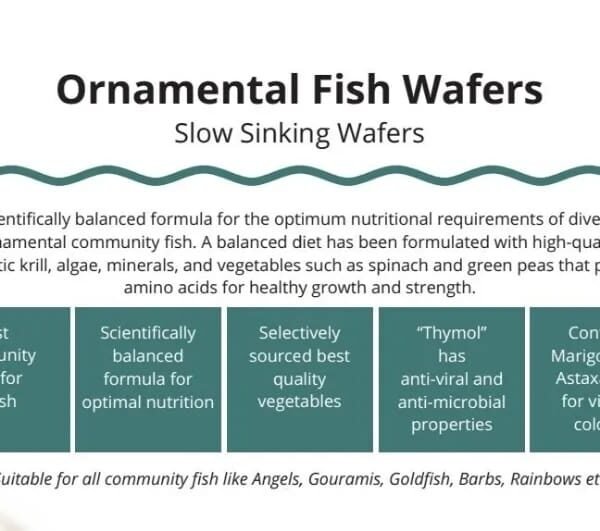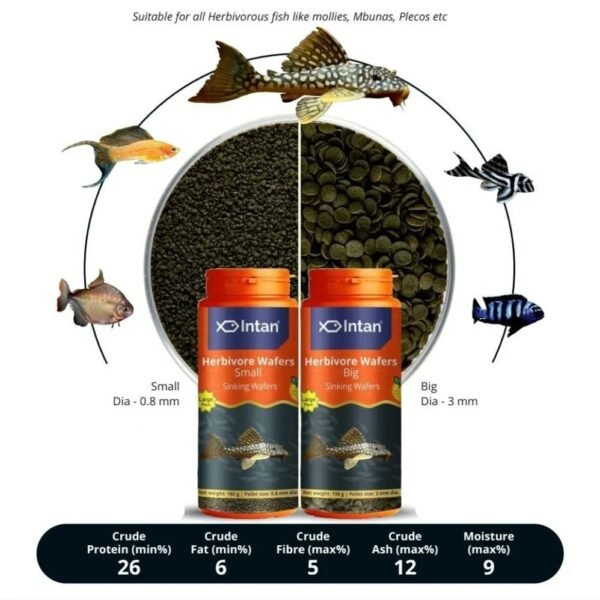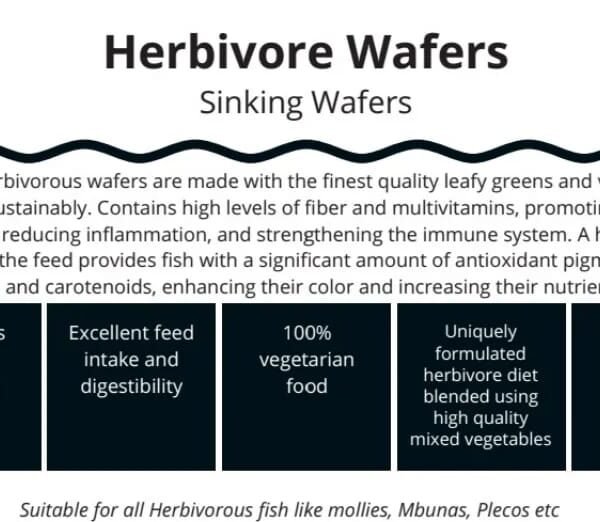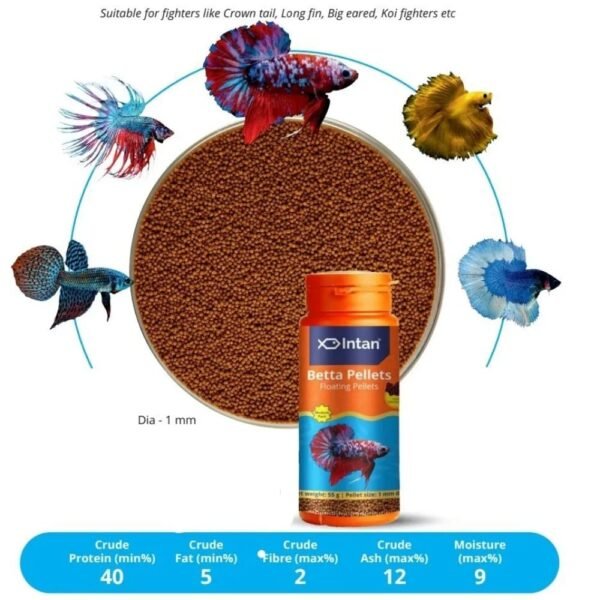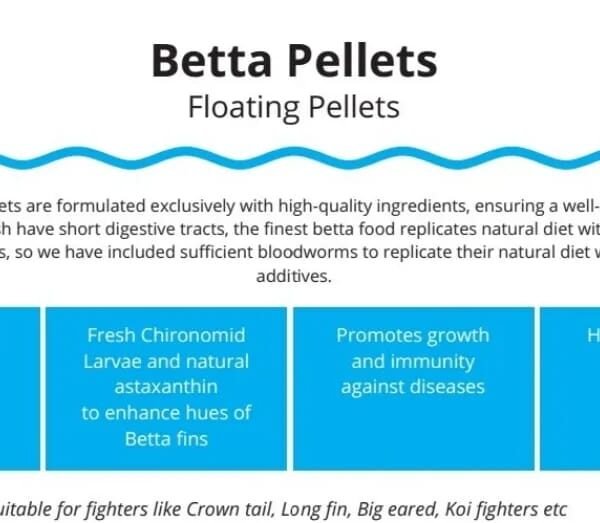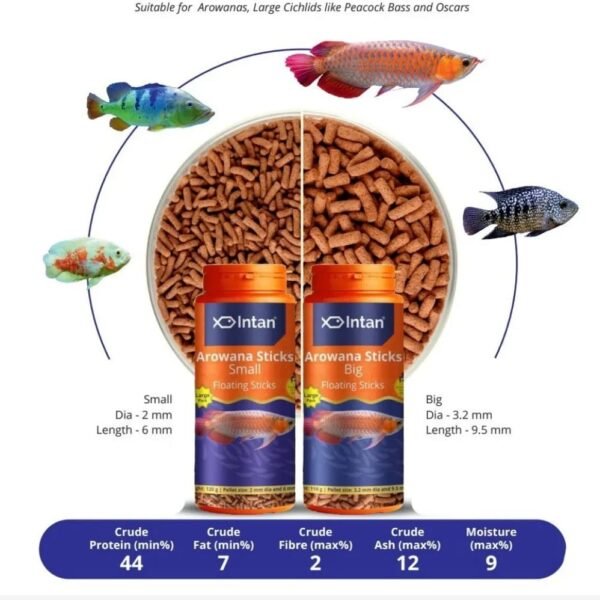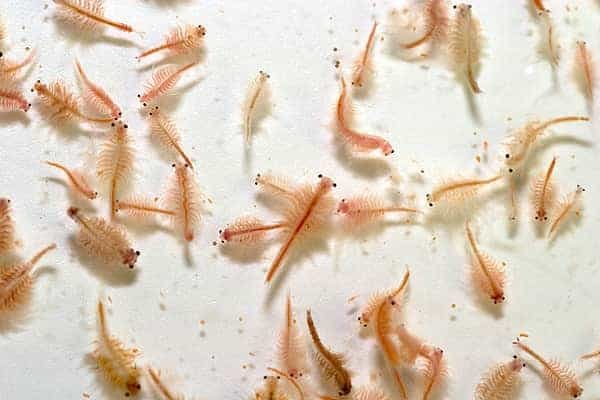Description
Bloodworms – Protein-Rich Natural Fish Food
Bloodworms are one of the most popular and nutritious live or frozen foods for aquarium fish. They are the larvae of midge flies and are packed with proteins, amino acids, and essential nutrients. Their bright red color, wriggling motion, and soft texture make them highly attractive and readily accepted by almost all aquarium fish, from small community fish to large predators.
💡 Key Features
✅ High Protein Source – Promotes rapid growth, strength, and breeding readiness.
✅ Highly Palatable – Fish eagerly accept due to natural movement and bright color.
✅ Versatile Feeding – Available as live, frozen, or freeze-dried forms.
✅ Enhances Coloration – Boosts vibrancy and health in tropical fish.
✅ Suitable for All Sizes – Can be fed to both small fish (in chopped/frozen form) and larger species.
🐟 Suitable For
-
Community fish (tetras, barbs, rasboras, gouramis)
-
Bettas and livebearers
-
Cichlids and dwarf cichlids
-
Goldfish and koi
-
Predatory species (angelfish, discus, arowana, etc.)
-
Marine fish that accept meaty foods
⚙️ Specifications
-
Product Name: Bloodworms
-
Type: Natural fish food (available in Live, Frozen, or Freeze-Dried forms)
-
Size: 1–2 cm larvae
-
Application: High-protein supplement for freshwater & marine fish
🔧 How to Use
-
Rinse thoroughly (if live or frozen) before feeding.
-
Feed in small amounts once or twice a day.
-
Use as a supplement alongside dry or pellet foods.
-
Remove uneaten worms to maintain water quality.
🧼 Storage & Maintenance
-
Live bloodworms – Keep refrigerated in shallow water, change water daily.
-
Frozen bloodworms – Store in freezer, thaw before feeding.
-
Freeze-dried bloodworms – Store in a cool, dry place, rehydrate before feeding for best results.
✅ Why Choose Bloodworms?
Bloodworms are a staple live food in the aquarium hobby, loved for their nutrition and wide acceptance. They are an excellent way to boost fish health, enhance coloration, and stimulate natural hunting behavior. A must-have supplement for any aquarist’s feeding routine.



